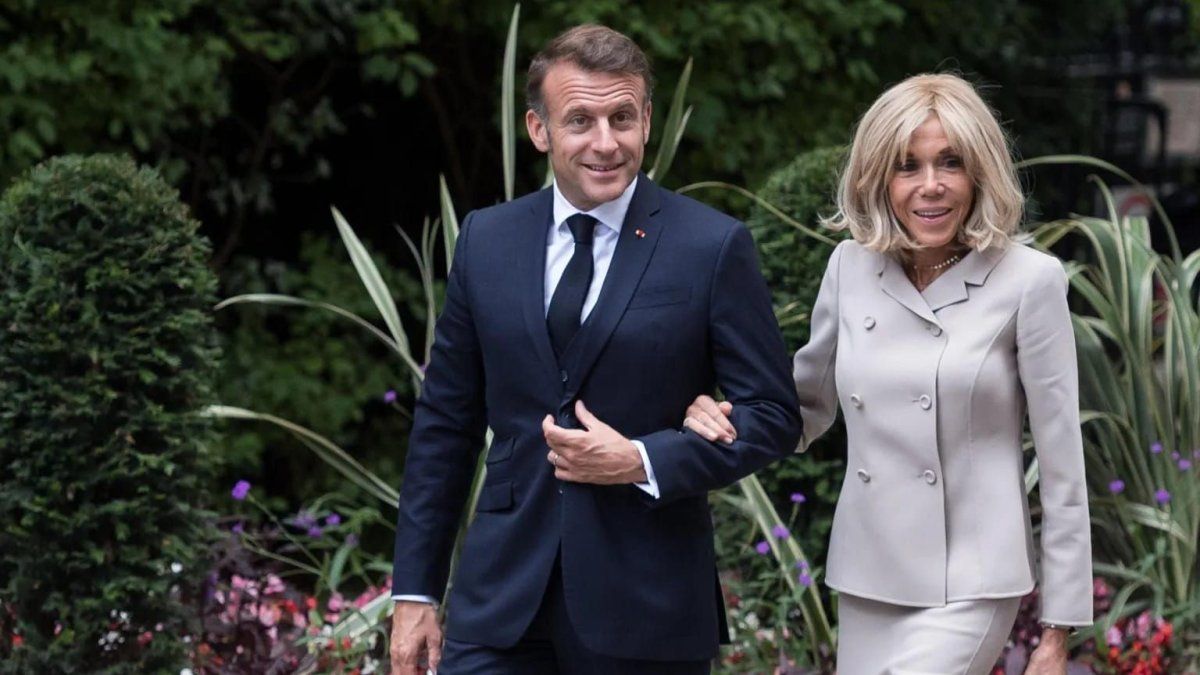Dollar futures contracts traded higher on the Rofex and are already pricing in a “crawling peg” of around 5% for the coming months. The dollar blend, the pressure from the IMF and the brake on purchases by the BCRA, are under scrutiny.
Although this Thursday the parallel dollars operated more calmly than the previous days, The market continues to move waiting for changes in exchange rate policy. So, The quotes for future dollar contracts rose again. Investors hedge against a possible devaluation and They are already pricing a “crawling peg” around 5% for the coming months. The promise to reduce the PAIS tax, the discussion about the future of the blend dollar, the pressures from the International Monetary Fund (IMF) and the brake on BCRA purchases, are the signals that the City monitors.
The content you want to access is exclusive to subscribers.
The contracts agreed in Matba-Rofex with expiration during the second half of the year operated this Thursday with increases of between 0.2% and 0.55%, according to the different terms, and gave continuity to the rise that they have been experiencing throughout June. Thus, the expectations of devaluation implicit in the quotes reflect that the market is beginning to discount that the economic team will have to abandon the 2% crawling peg monthly, despite Luis Caputo’s recent denials.


For example, the July contract closed at $957, which would mark an expectation of a 4.8% monthly increase in the official exchange rate. For the following months, the expected implicit “crawling” is around 5%: in August, 5.2%; in September, 5%; in October, 5.2%; in November, 4.8%; and in December, 5%. So, By the end of the year, the futures market prices an official dollar of $1,223, a level 19% higher than what it would have if the Central Bank kept the 2% monthly rate unchanged. until that moment.
Dollar: the signals that the market looks at
The background to the movements in this coverage area is the growing Signs of exhaustion of the exchange rate scheme that the City perceives. One of the main ones is the abrupt stop in the purchase of currencies by the BCRA during June, a month in which it should still be able to capitalize on the flow of the coarse harvest: This Thursday it sold US$85 million and, with only one wheel ahead, it accumulates a negative balance of US$46 million. Added to this is that the third quarter will be the most difficult stage for seasonal reserves.
Also added are the IMF pressures the Government to eliminate the dollar blend schemewhich provides a higher exchange rate to exporters based on the settlement of 20% of foreign currencies in cash with settlement, which means that one in every five dollars does not enter the reserves.
Although Luis Caputo ratified its continuity (it helps him contain the pressures on the exchange rate gap), more and more market players expect the end of the blend to be the first step towards a slow path of dismantling the currency exchange restriction (which does not appear to be an immediate solution). Additionally, the minister promised to return the rate of 7.5% to COUNTRY TAX that the same would rise to 17.5% once the Bases Law and the Fiscal Package are approved, although he did not clarify in what time frame this would happen.
If it comes to fruition, would that be accompanied by a greater devaluation? There are voices in the market that are beginning to believe so. Even his own Sunday Cavallo He proposed it in his last publication. The former minister said that the Government is not in a position to completely lift the currency exchange restrictions and that it does not want to validate a sudden devaluation. Thus, he recommended taking advantage of the reversal of the PAIS tax to take up the gauntlet of the IMF’s request: eliminate the blend and raise the official exchange rate by 10% to around $1,000 to add reserves again.
For his part, the former member of Javier Milei’s team of advisors (during the presidential campaign), Carlos Rodriguez, also predicted a change in the pace of devaluation: “For me there is a chance that Caputo will try something similar to Martínez de Hoz’s Tablita but with stocks. Instead of a fixed 2%, do a pre-announced 5%, 4%, 3%, 2%, 1%.” Although he clarified that this is not his proposal since, according to his point of view, “nothing with stocks is going to work.”
Source: Ambito
I am a 24-year-old writer and journalist who has been working in the news industry for the past two years. I write primarily about market news, so if you’re looking for insights into what’s going on in the stock market or economic indicators, you’ve come to the right place. I also dabble in writing articles on lifestyle trends and pop culture news.




